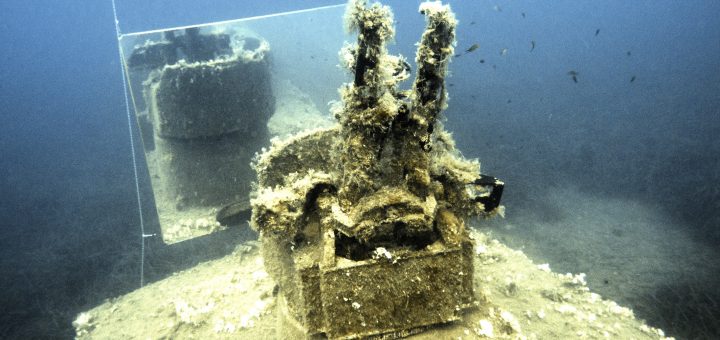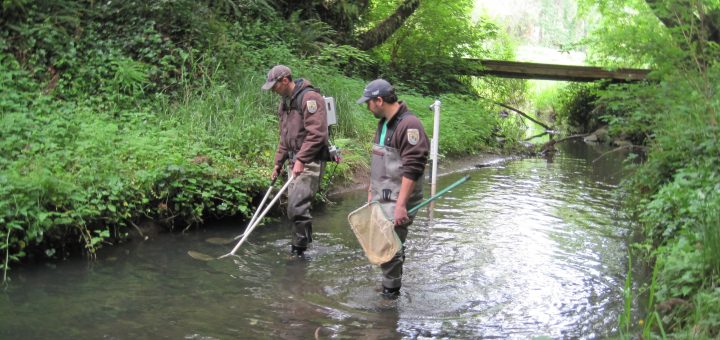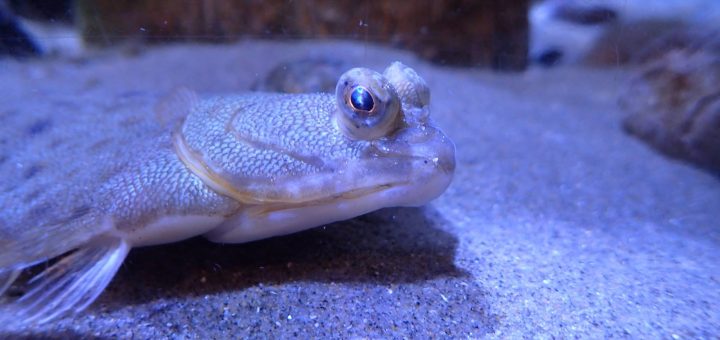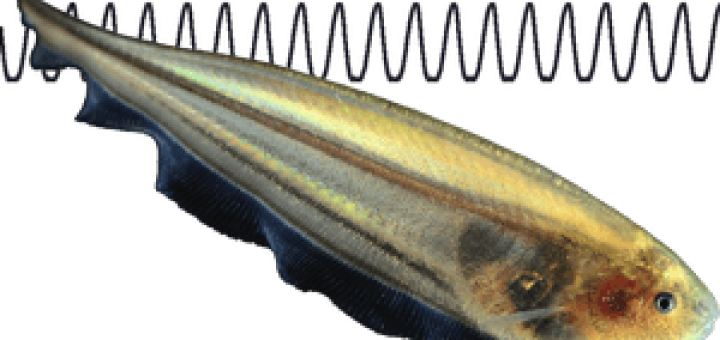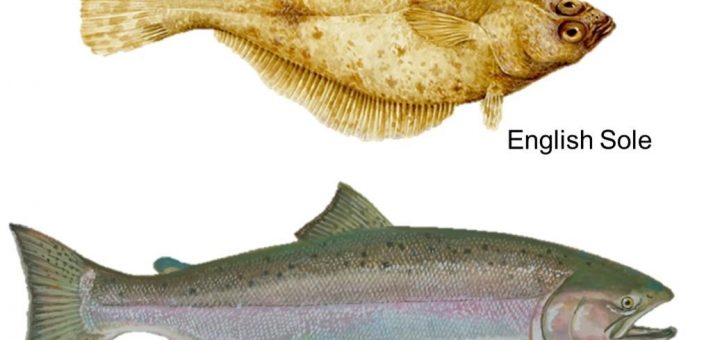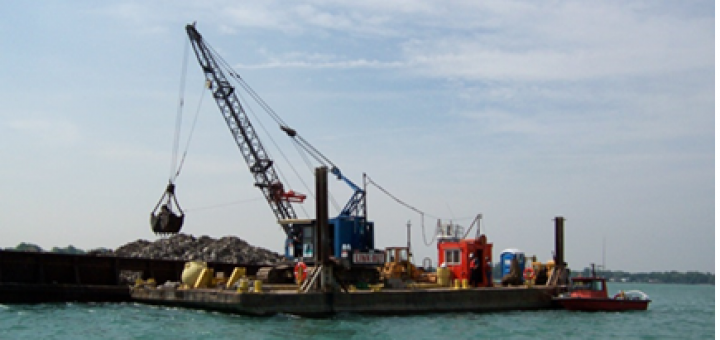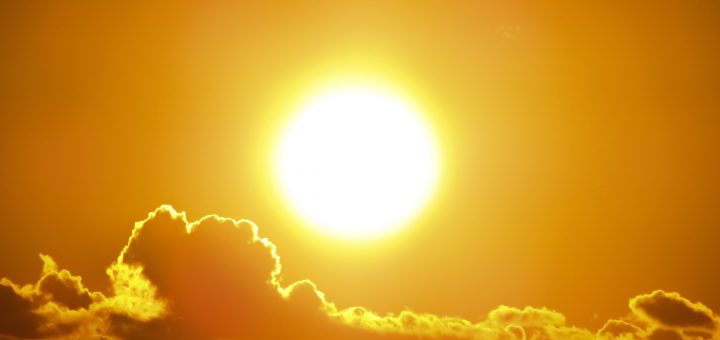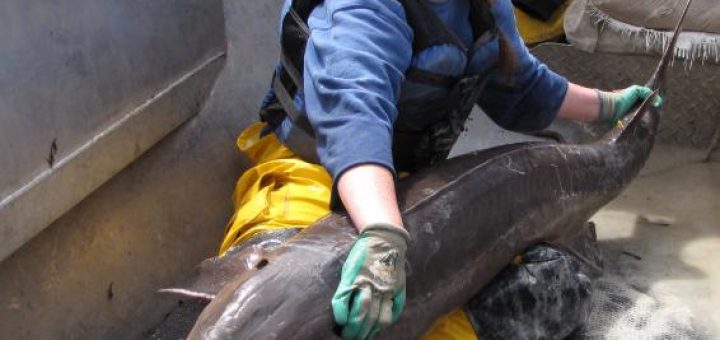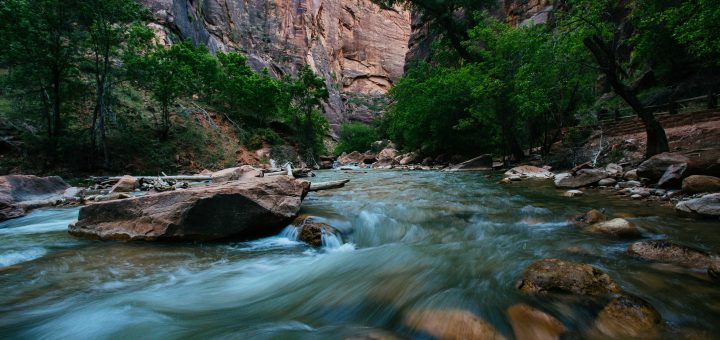Fish Habitat Section of the American Fisheries Society Blog
The author would like to extend a special thank you to Avery Paxton for providing quotes, pictures, and video links that enriched the content of this post. Artificial reefs come in a variety of...
Hydroelectric power is one of the cleanest energy sources available. Washington State is the United States’ leading producer of hydroelectric power, which generates about 75% of the State’s energy. Although it is a renewable...
Winter flounder (Pseudopleuronectes americanus) are small-mouthed flatfish native to the east coast of North America, ranging from Labrador to Georgia. They are right-eyed flounder, meaning that as adults, both eyes are on the right...
Direct observation of animals in their natural habitat is a cornerstone of natural history and ecology, but observing aquatic organisms presents numerous challenges because they live under water. Intrepid scientists and enthusiasts have breached...
Humans have long relied on coastal environments. Whether it be a family enjoying a relaxing day at the beach, or a multi-billion dollar company loading a ship that will carry their goods to consumers...
The St. Clair and Detroit Rivers have changed dramatically over the last century as construction of shipping canals have destroyed many of the natural limestone reefs and rocky features that were historically used by...
Welcome to the second part of our Safety in the Field series! In this post you will find tips for staying safe and responding to sun and heat related hazards. Consider sharing these posts...
Due to sea level rise and increased development in coastal areas, shoreline armoring has become an increasingly popular strategy to protect coastal communities and infrastructure. These armoring structures include seawalls, offshore breakwaters, bulkheads and...
Lake Sturgeon are considered a species of conservation concern in most waterbodies in North America due to habitat degradation, poor water quality, barriers to migration, and harvesting of both adults and eggs. These charismatic...
Across the country, we are slowly transitioning from winter into spring and many groups are preparing for a season of fieldwork. While it is more exciting to think about all of the data to...

